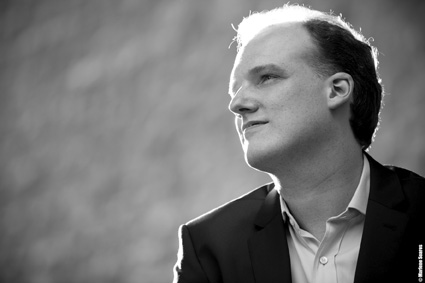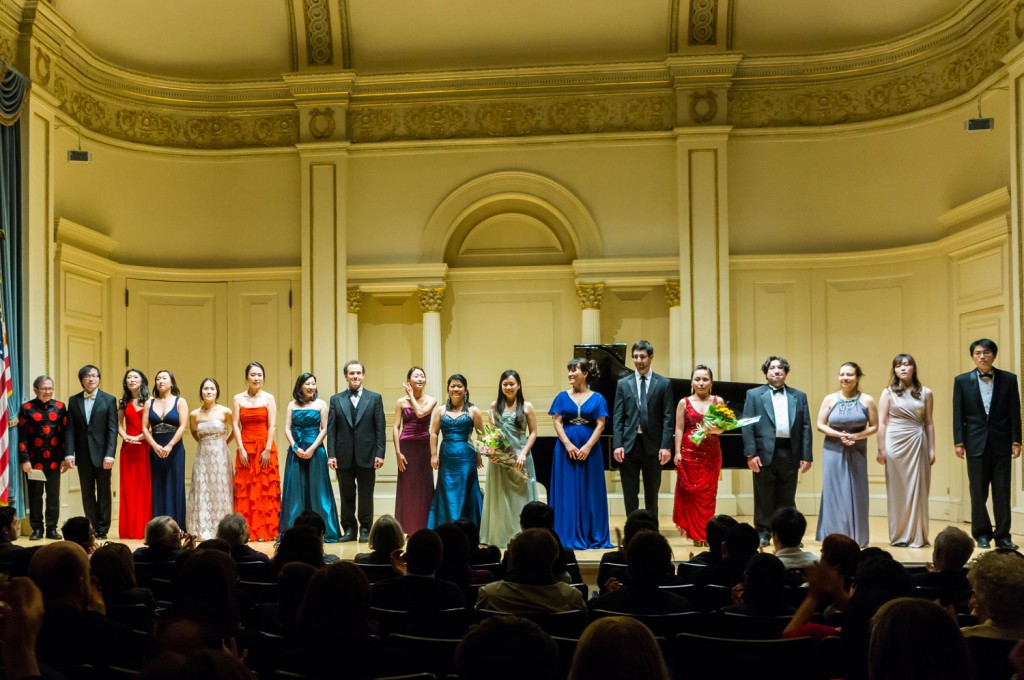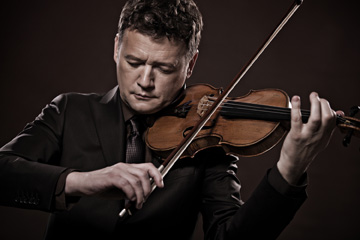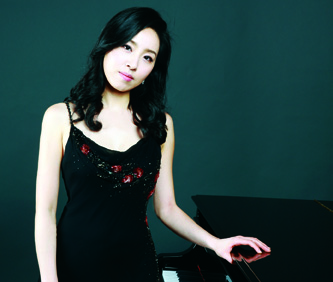Each year in Vermont’s historic quarry village of Adamant, pianists of all stripes converge for practicing, lessons, master classes, and relaxation at the Adamant Music School. For 72 years the school has demonstrated the strength of their local granite in continuing its summer program, as well as its tradition of annual New York recitals, not an easy feat in this difficult economy. This season Adamant presented eight pianists in Weill Recital Hall, including faculty and student participants. There was music of Schumann, Liszt, Debussy, Howard Bashaw (b.1957), and Marc-André Hamelin (the Etude No. 5), but I was there only for the last two works of Prokofiev and Chopin. Pianists Joni Chan and Tadeusz Domanowski represented their school well in what was a proud occasion for all involved.
Joni Chan performed the first movement (Allegro moderato) from Prokofiev’s Piano Sonata No. 6 in A Major, Op. 82. She gave a measured and well-considered performance, which showed her to be a player of intelligence and integrity. Ms. Chan earned her BM, MM, and DMA at Indiana University’s Jacobs School of Music and is currently teaching at Vincennes University in Indiana. As her biography states, she was recipient of a performer’s certificate for “outstanding graduate performance” from the piano faculty of the IU in 2006 and first prize in IU’s Mozart Concerto Competition in 2004, among other distinctions. She has performed widely throughout the US, Canada, and Hong Kong as soloist and collaborator. At the risk of overdoing the references to granite, Ms. Chan struck one as an extremely solid performer, one who has left no stone unturned in her study of the score (not to be confused with the violinists who famously leave “no tone un-Sterned”). All punning aside, nary a tone was even smudged, and one could probably take dictation from her scrupulously honest reading. Ms. Chan also showed plenty of strength in the fuller percussive dynamics, though my favorite performances of this work (the first of the three War Sonatas) have still greater projection of its dark irony. I also prefer to hear the Sonata in its totality, though one understands the time constraints in a group recital. Perhaps a stand-alone ten-minute work might fare better program-wise next time, but in any event Ms. Chan did a commendable job. Her thoroughness will be an asset to her students, and her steely reliability in performance bodes well for busy concert life.
To conclude the Adamant program, Tadeusz Domanowski played Chopin’s Scherzo No. 2 in B-flat minor (Op. 31). His was a fluent and confident reading that concluded the program with sweep and polish. Mr. Domanowski hails from Gliwice, Poland and is a graduate of the Frédéric Chopin Academy of Music in Warsaw. His performances as soloist with orchestra, chamber musician, and recitalist, have taken him to an impressive array of festivals in France, China, Greece, Germany, the Czech Republic, and Sweden, as well as the US, where he currently continues his studies at NYU. He has excellent technical facility at his disposal, combined with a good stylistic sense and strong stage presence. Brilliant and refined, Mr. Domanowski’s interpretation of the Chopin could also be described as suave. There was, in fact such a pervasive sense of ease that at times some passagework seemed almost too silken for this listener, leaving one wanting more of a sense of traction; this is a highly personal preference, however, as were some differences of opinion on rhythm and rubato in the more meditative A Major sections. I would have loved more sense of exploration at times, including the quiet end of the spectrum in leggiero passagework. A secure player such as Mr. Domanowski has all the groundwork in place for such musical journeys. Though it is hard to add to the performance history of a piece like this, with Rubinstein, Argerich, and countless other greats (followed by Kissin, Yundi Li, and more), Mr Domanowski undoubtedly has the potential to add his own special stamp. I look forward to hearing him again and heartily congratulate the Adamant Music School on both fine performers.






